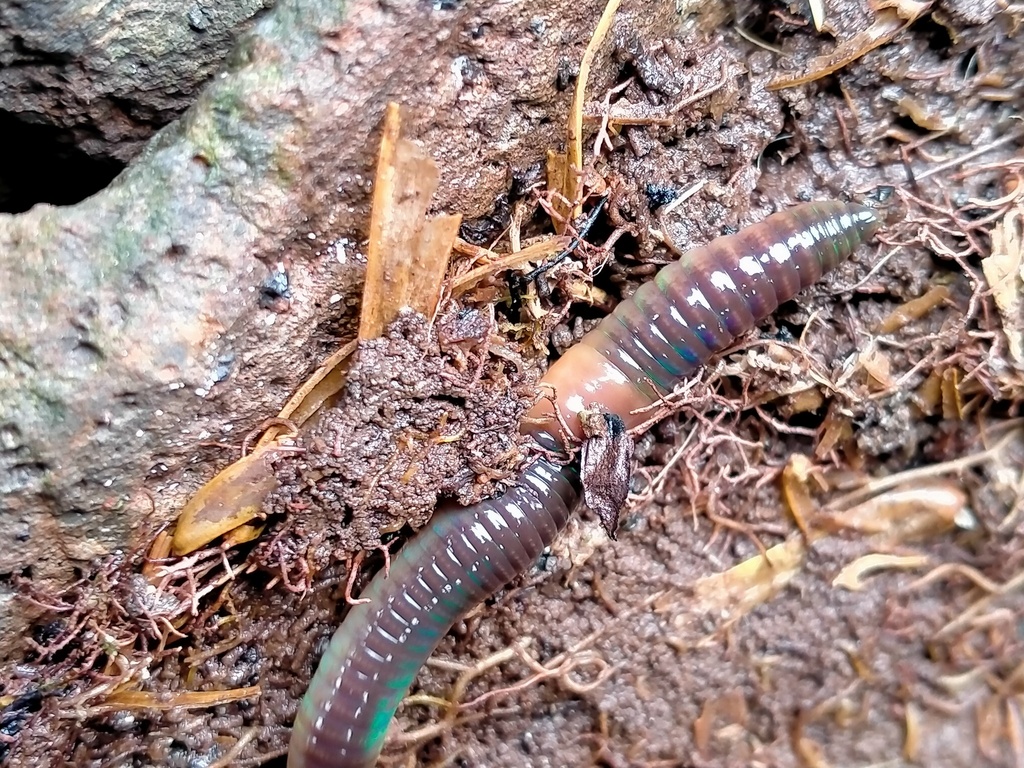Noke (worms) on:
[Wikipedia]
[Google]
[Amazon]
 Noke is a culinary term used by the
Noke is a culinary term used by the
 Noke is a culinary term used by the
Noke is a culinary term used by the Māori
Māori or Maori can refer to:
Relating to the Māori people
* Māori people of New Zealand, or members of that group
* Māori language, the language of the Māori people of New Zealand
* Māori culture
* Cook Islanders, the Māori people of the Co ...
of New Zealand to refer to earthworm
An earthworm is a soil-dwelling terrestrial invertebrate that belongs to the phylum Annelida. The term is the common name for the largest members of the class (or subclass, depending on the author) Oligochaeta. In classical systems, they we ...
s. Some types of native worms (called ''noke whiti'' and ''noke kurekure'' in Māori
Māori or Maori can refer to:
Relating to the Māori people
* Māori people of New Zealand, or members of that group
* Māori language, the language of the Māori people of New Zealand
* Māori culture
* Cook Islanders, the Māori people of the Co ...
) are historically local delicacies reserved for chiefs because of their sweet flavour, which was said to "remain in the mouth for two days". Another notable kind of worm, the ''noke waiū'' (possibly '' Octochaetus multiporus''), was prized as eel fishing bait due to its large size and bioluminescence
Bioluminescence is the emission of light during a chemiluminescence reaction by living organisms. Bioluminescence occurs in multifarious organisms ranging from marine vertebrates and invertebrates, as well as in some Fungus, fungi, microorgani ...
. ''Noke'' has more recently become a popular trend at certain New Zealand wild food festivals, where it is often served in modern fusion dishes such as worm sushi
is a traditional Japanese dish made with , typically seasoned with sugar and salt, and combined with a variety of , such as seafood, vegetables, or meat: raw seafood is the most common, although some may be cooked. While sushi comes in n ...
and chocolate truffles
A chocolate truffle is a French chocolate confectionery traditionally made with a chocolate ganache center and coated in cocoa powder, coconut, or chopped nuts. A chocolate truffle is handrolled into a spherical or ball shape. The name deri ...
with crystallized worm.
According to Māori mythology
Māori mythology and Māori traditions are two major categories into which the remote oral history of New Zealand's Māori people, Māori may be divided. Māori myths concern tales of supernatural events relating to the origins of what was the ...
, the trickster Māui
Māui or Maui is the great culture hero and trickster in Polynesian mythology. Very rarely was Māui actually worshipped, being less of a deity ( demigod) and more of a folk hero. His origins vary from culture to culture, but many of his main expl ...
once transformed himself into a ''noke'' worm in order to crawl into the womb of the underworld goddess Hine-nui-te-pō
Hine-nui-te-pō ("the great woman of the night") in Māori legends, is a goddess of night who receives the spirits of humans when they die. She is the daughter of Tāne Mahuta / Tāne Tuturi and Hine-ahuone. It is believed among Māori that ...
and gain everlasting life.Anthony Alpers, ''Maori Myths and Tribal Legends''. Anckland : Longman Paul, 1964. . Due to its having characteristics of both males and females, it was considered divine.
Sources
Martin, Daniella. ''Edible: An Adventure into the World of Eating Insects and the Last Great Hope to Save the Planet'' 2014References
Māori cuisine Culinary terminology {{Maori-stub